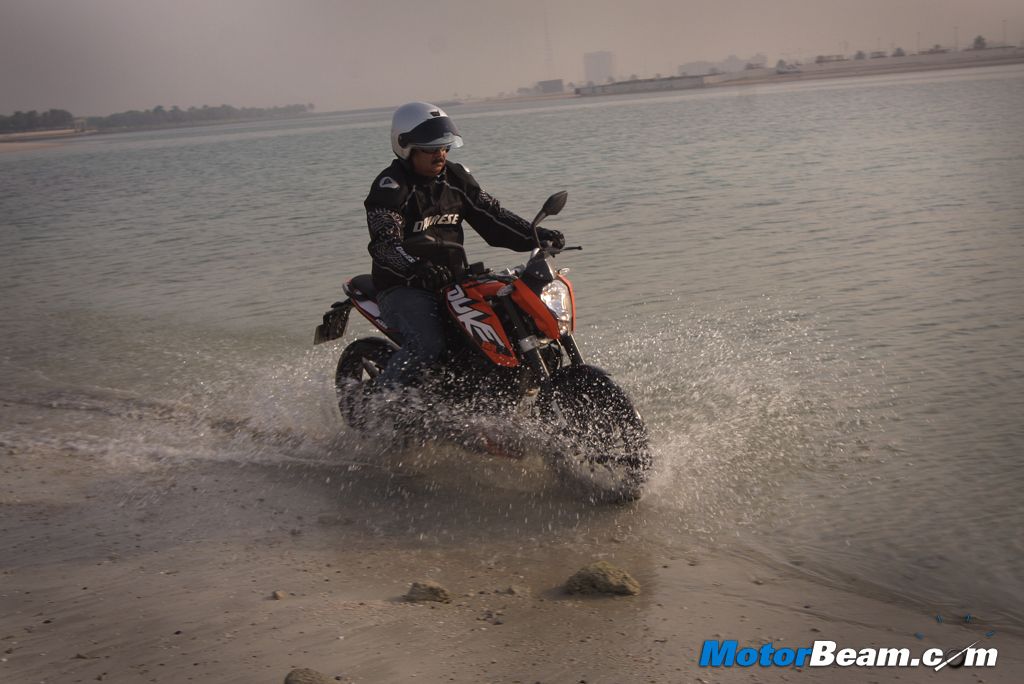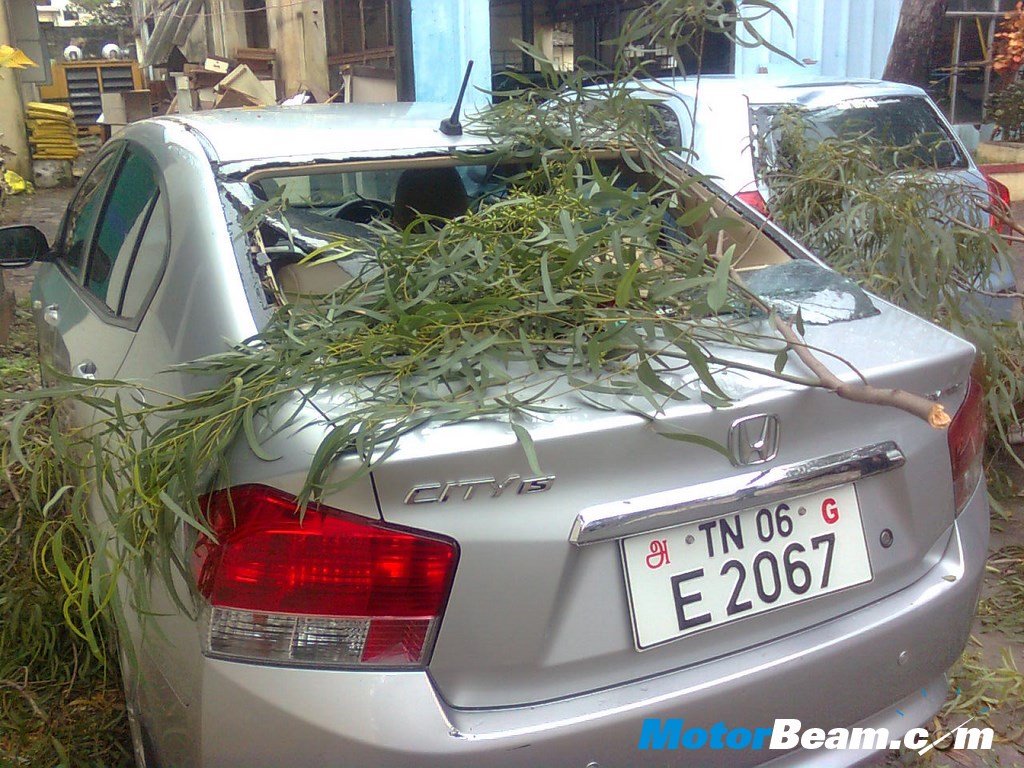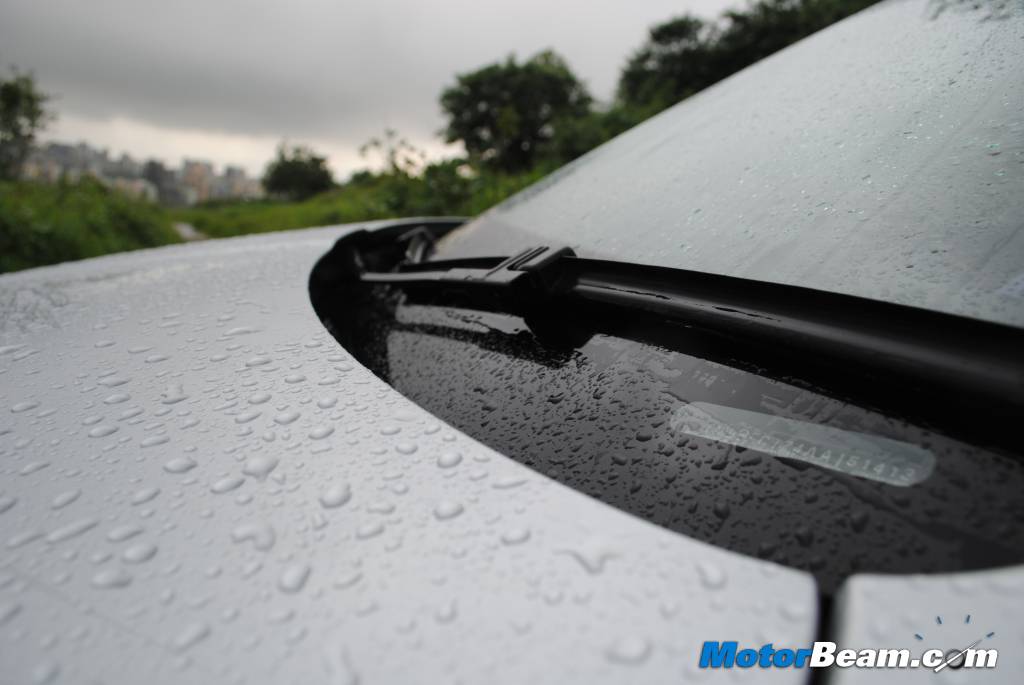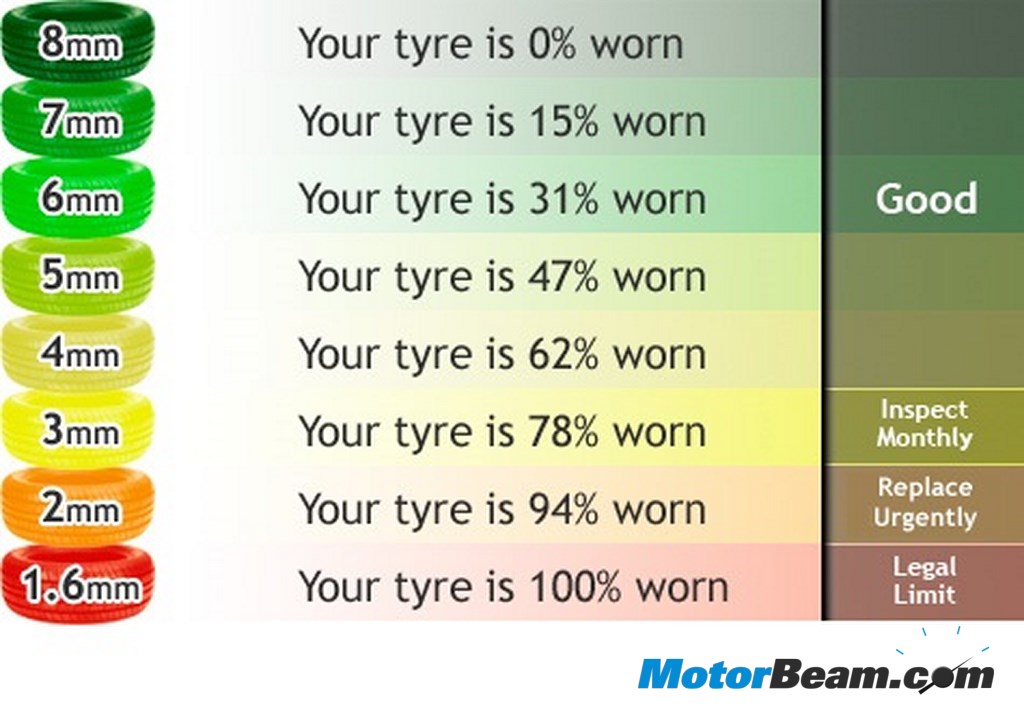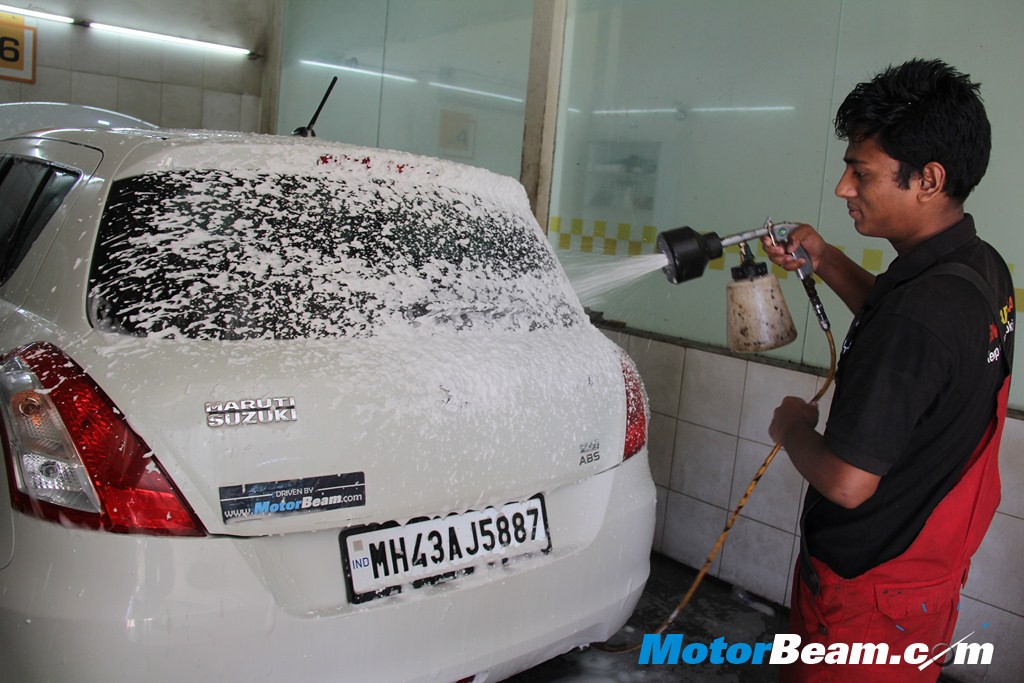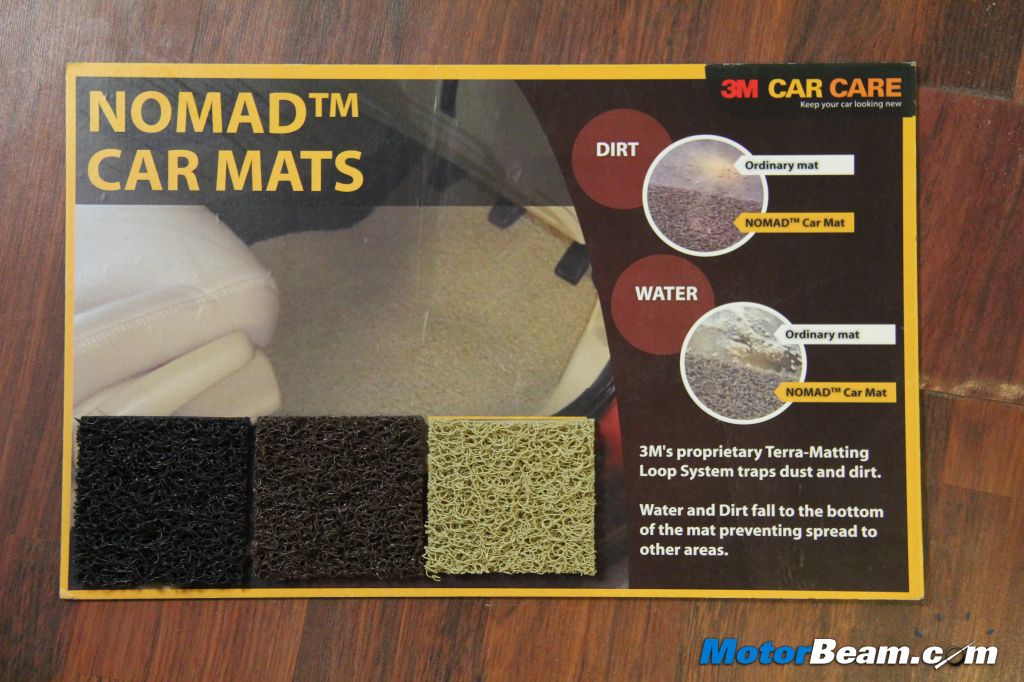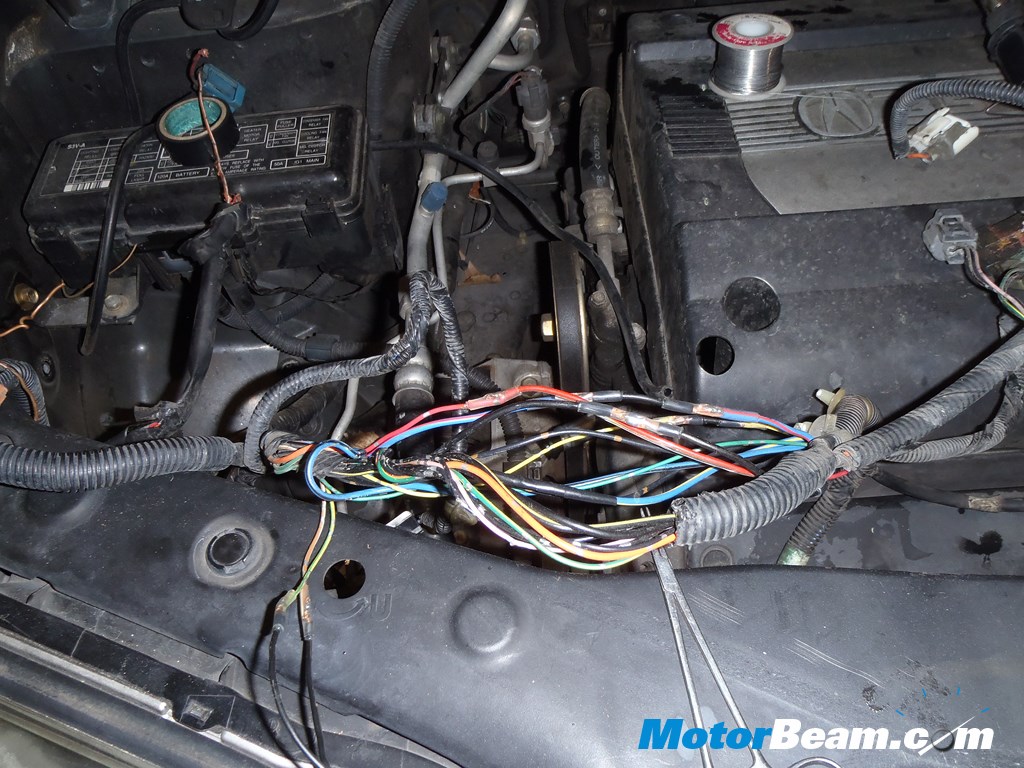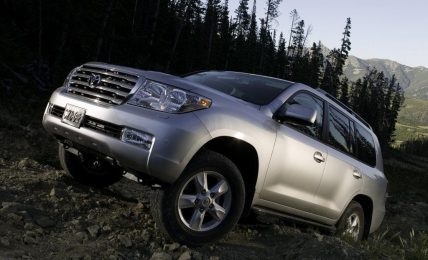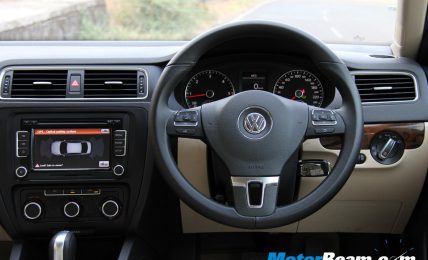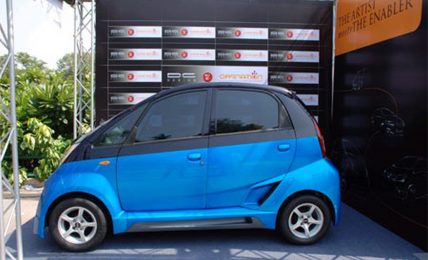Some people love monsoons while others hate it. No matter what your feeling is, the fact is, your vehicle needs extra care during the rains. Not that you should care less in the summer or winter, but you need to be more loving towards your vehicle during the rainy season. So what all should you do?
Checklist –
Insurance Cover: Make sure your vehicle is under a comprehensive insurance policy which will cover the expenses in case of accidental damage due to rains. This is the pre-requisite for your vehicle to run on the roads but nevertheless, making sure that you have renewed your insurance will assure peace of mind!
Parking: Make sure you park your vehicle at a safe place, away from low-lying areas and areas prone to flooding. Choose a parking spot that is not directly under trees, electrical wires/poles/transformers. If your vehicle is already inundated by water, do not start it as it may cause electrical and mechanical failures. Covered parking is the best option, if available.
Windscreen Wiper and Washer: Windscreen wipers are your saviour during the rains. Make sure you replace wiper blades before the rain starts. Soft wiper blades are recommended to avoid scratches on the windscreen which ensure a clean sweep across the windscreen. You can get them at a nearby accessory shop. Add a mild shampoo in the reservoir of the washer fluid to keep the windscreen oil-free. Unclog the spray nozzles using a pin to ensure a smooth spray.
You can see the above soft wiper blades are wider and do not scratch the windscreen.
Tyres: Tyres should be in proper condition to avoid skidding and Aquaplaning on wet roads. Tread on tyres helps water to flow through it, thereby maintaining friction between the tyre and the road. Replace old and worn out tyres and make sure there is at least 3 mm depth of tread available on old tyres. Get the tyres aligned and balanced before the monsoons. Lower tyre pressure (1-2 psi lesser) can help to maintain a better grip on the road.
Brakes and Other Essentials: Brakes need to be in good condition because stopping distance increases considerably on wet roads. Also, the air-conditioner should be effective because the air needs to be de-humidified before defogging the glass. Headlamps should be in proper condition and you should switch them on during heavy rains to notify your presence to on-coming vehicles. Avoid using hazard lights as they tend to confuse others during rains.
Most of these are taken care during your regular servicing. It is always advisable to get your car serviced before the monsoon arrives even if the next service is due after a few thousand kms as it takes care of most of these essentials.
Polishing: Get your vehicle polished with a double coat of wax, this adds a protective layer on the surface which helps the water to slip away. Touch-up the small scratches which expose the metal to water. Pamper your vehicle with a variety of treatments available from reputed companies like 3M. Underbody anti-rust treatment prolongs the life and one should get it done once in every 3-4 years.
Driving: Keeping aside all the tips above, when it comes to wet roads during rains, the way you drive is the most important factor. Avoid driving through and accelerating in puddles. This can cause your vehicle to skid and water may enter through the air intake causing a hydrostatic lock. Always choose a route which is known to submerge less even if it is longer.
While driving through a sub-merged road, make sure you drive at a constant speed and hold the steering tightly to prevent the car from swaying sideways. Downshift to a lower gear when negotiating with a flooded road and always press the accelerator, keeping the revs high. Make sure that water does not enter the exhaust of the vehicle.
In Case of Aquaplaning: While Aquaplaning is inevitable in some cases, make sure you do not brake too hard if it happens to you. If your car has ABS, then brake normally. Brake with gentle thrusts. Do not accelerate till the car regains traction. Hold the steering tightly and steer it in the direction you want to go.
Do not drive at higher speeds and most importantly, do not panic!
General Tips –
The Tobacco Tip: (use in case of an emergency). This tip is meant to be followed in case of an emergency when your wiper stops working. You can also use this to keep the windows and rear windscreen free of water. Keep a spare cigarette (not for smoking!) or the loose tobacco you get from un-rolling a cigarette. Mix this tobacco with a little bit of water vigorously to make a tobacco concentrate until the water becomes dark. Apply this concentrate on the windshield and it acts as a waterproofing liquid, sliding the rain water and giving you a clear view of the road ahead! Make sure to rinse this off with a car shampoo or a mild detergent after you get your wiper fixed.
* To use the de-mister more effectively, set the air-intake to fresh air, turn on the AC and set the blower towards the windscreen and use the heater to achieve this more quickly.
* Make sure you drive your car slowly, taking care not to splash water on pedestrians and people driving two-wheelers as they are completely exposed to rain which makes it difficult to drive and are more prone to skidding. Two-wheelers have a far greater braking distance on slippery roads. Make it a habit to use low-beam as it reduces the blinding effect on oncoming vehicles and use high-beam only when needed.
* If you move through a submerged area, do not brake hard immediately as the water between the disc and the brake pads may cause a loss of friction. Pump the brakes with gentle thrusts which helps to remove the water in between them (not to be done for vehicles with ABS). This may help to use your brakes more effectively.
* Many cars have missing drain plugs which are generally ignored by everyone. Make sure you replace those missing drain plugs to prevent water from entering through the underbody. Check the rubber beadings on the doors and windows and align them properly to prevent any rainwater from entering through these areas.
* Make it a habit to drive in the middle of the road especially in submerged areas. This helps to reduce the chance of aquaplaning as water accumulates more on the sides and there are chances of puddles or open manholes being more on the sides. Do not make this a habit in your regular driving!
* Floor mats often get dirty during monsoons and are prone to fungus. Generally rubber mats are preferred which often get slippery as water accumulates on the surface. You can further read on MotorBeam regarding recommended floor mats HERE.
* Car engine bays being warm places become home for rodents at nights. Make sure your car is not a home for rats as they may rip and gnaw out wires. Place a rat kill in the engine bay at night and remove it in the morning if you suspect a rat under the hood!
You can see how the rats have gnawed wires in the engine bay –
* Make sure your car is properly ventilated and you open windows frequently for fresh air as otherwise it becomes stale and smells during the rainy season. Use a good air freshener and vacuum out the dust at least twice a year from the seats.
* Carry all the tools and small spares like bulbs as they come in handy during emergencies. Use a moisture removing liquid like ‘Zorrik’ on the exposed metal contacts, keyholes, etc. to ensure smooth functioning.
Happy Driving/Riding!


